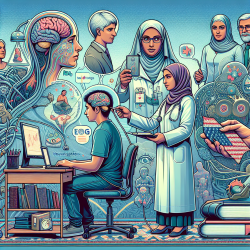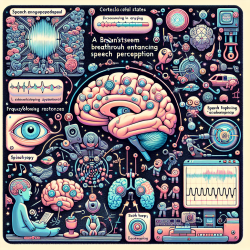As professionals in the field of special education, we are constantly seeking ways to enhance our practices and better serve our students. A recent study titled Persistence of the “Moving Things Are Alive” Heuristic into Adulthood: Evidence from EEG provides valuable insights that can be leveraged to improve our online therapy services. This study, conducted by Skelling-Desmeules et al., investigates the persistence of certain cognitive heuristics and their implications for educational practices.
The research reveals that the "moving things are alive" heuristic, a cognitive shortcut where people tend to associate movement with life, persists into adulthood. This finding has significant implications for educators and therapists working with students who may hold similar misconceptions. The study suggests that overcoming these heuristics requires inhibitory control, a cognitive process that helps individuals suppress automatic, intuitive responses in favor of more logical, scientific reasoning.
For practitioners in online therapy, understanding and addressing these persistent heuristics can lead to more effective interventions. Here are some practical steps to implement these findings:
- Incorporate Cognitive Exercises: Design activities that challenge students to identify and correct their misconceptions. Use visual aids and interactive tools to help them differentiate between living and non-living things, emphasizing that movement is not a sole indicator of life.
- Promote Inhibitory Control: Develop exercises that enhance students' inhibitory control. Activities such as go/no-go tasks or Stroop tests can be integrated into therapy sessions to strengthen their ability to suppress intuitive but incorrect responses.
- Use Neurocognitive Feedback: Utilize EEG or other neurocognitive tools to monitor students' brain activity during these exercises. This can provide real-time feedback and help tailor interventions to individual needs.
- Educate and Collaborate: Share these insights with other educators and therapists. Collaborative efforts can lead to the development of comprehensive strategies that address common heuristics across various educational contexts.
Encouraging further research and staying updated with the latest findings in neurocognitive science can significantly enhance our ability to provide effective online therapy services. By understanding the underlying cognitive processes that influence our students' learning, we can create more targeted and impactful interventions.
To read the original research paper, please follow this link: Persistence of the “Moving Things Are Alive” Heuristic into Adulthood: Evidence from EEG










